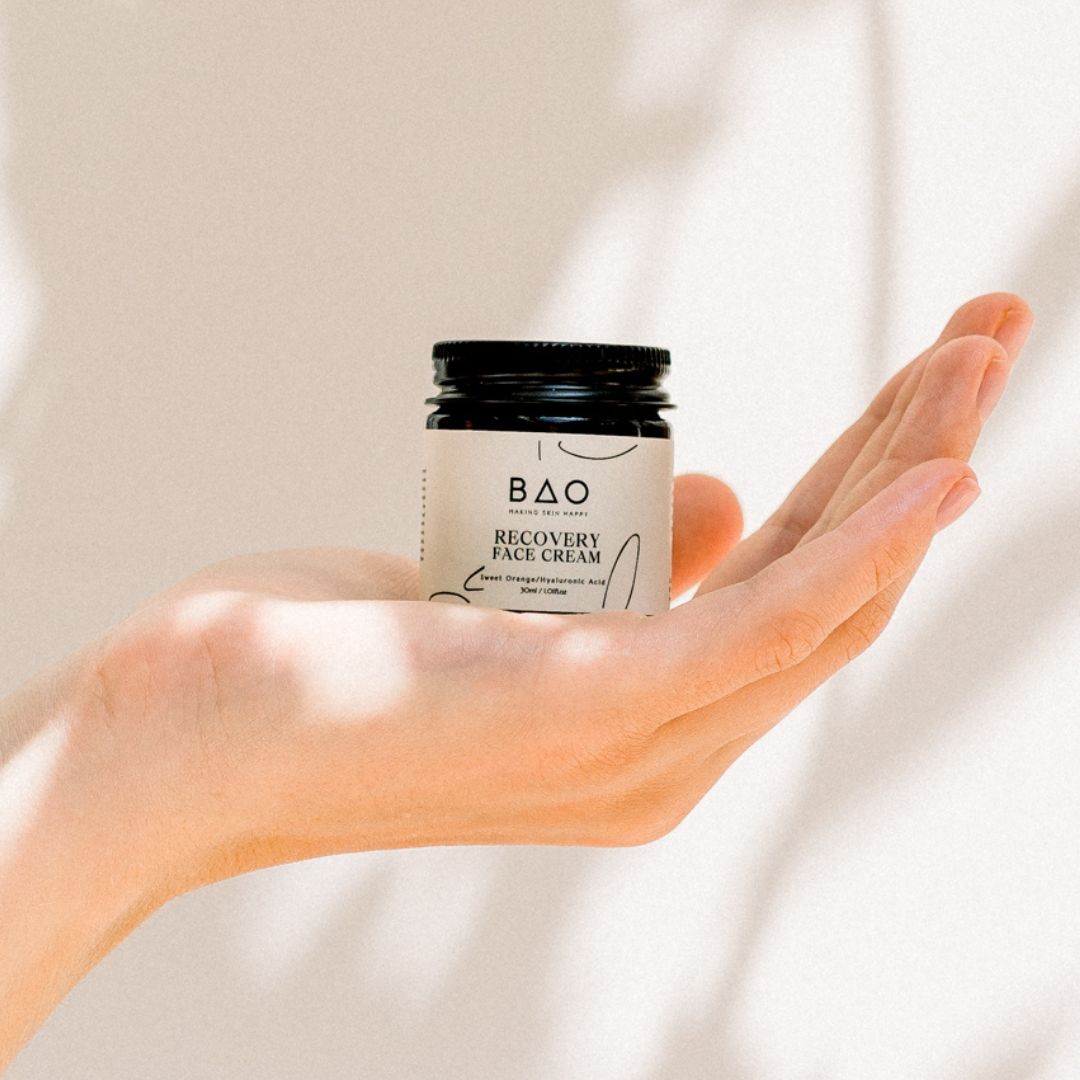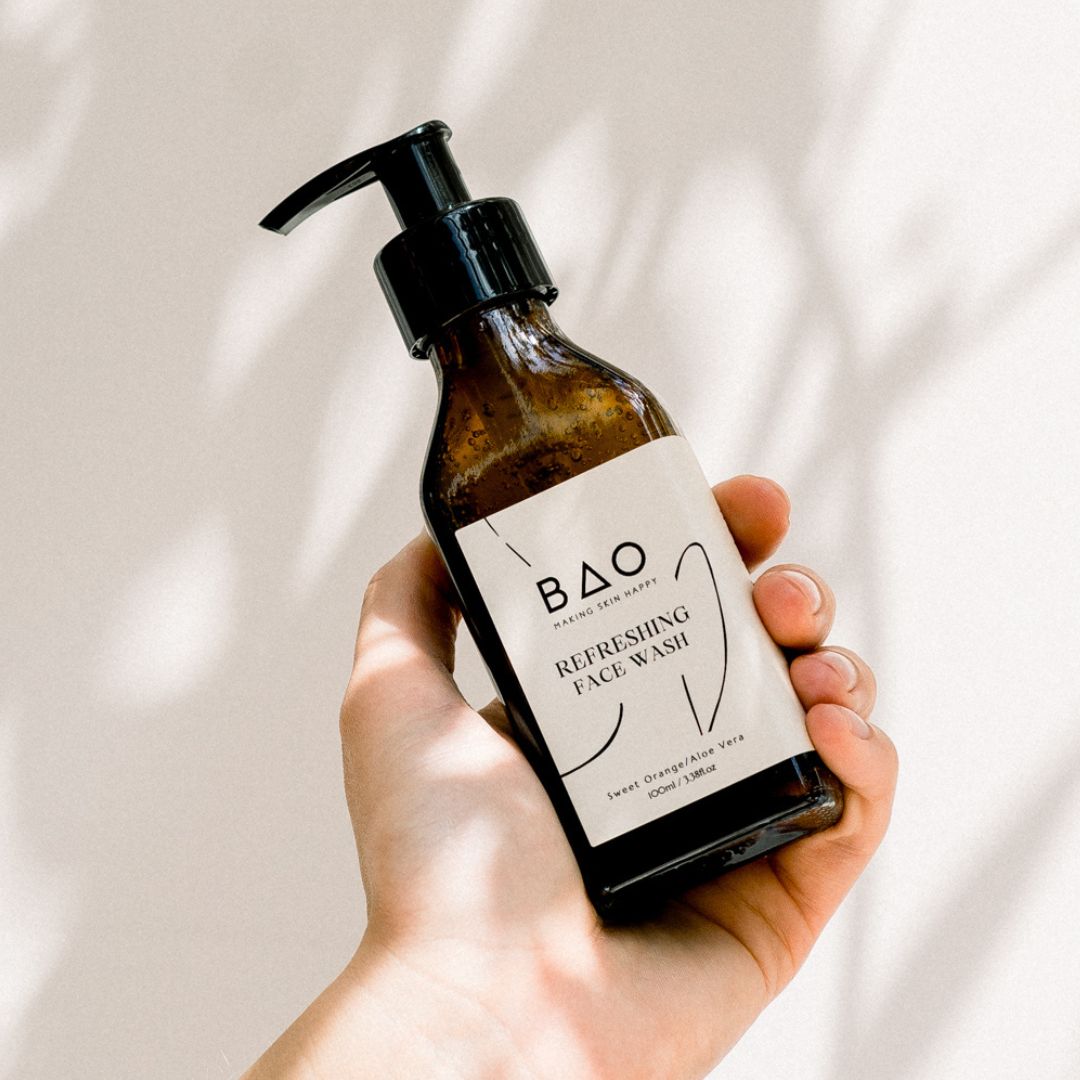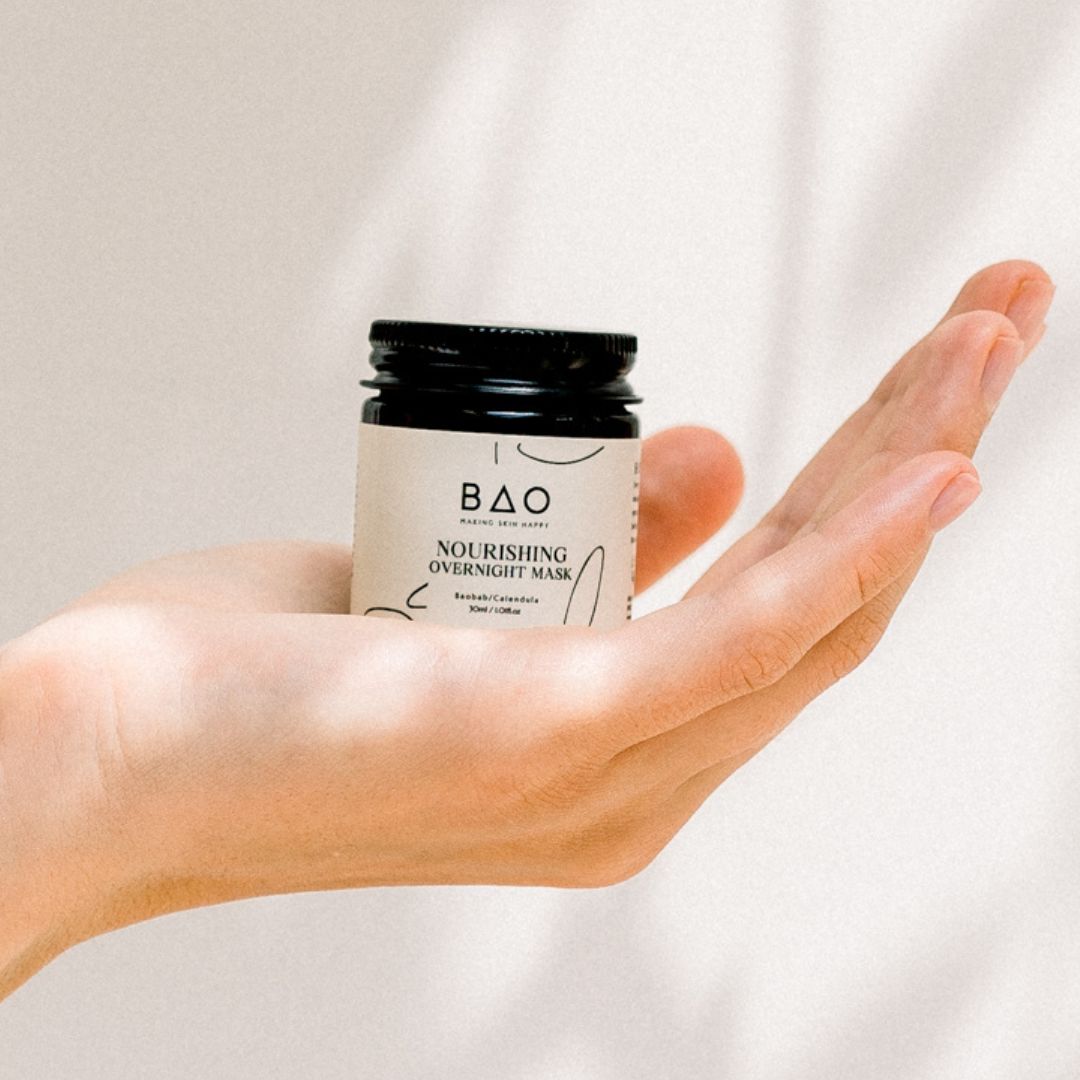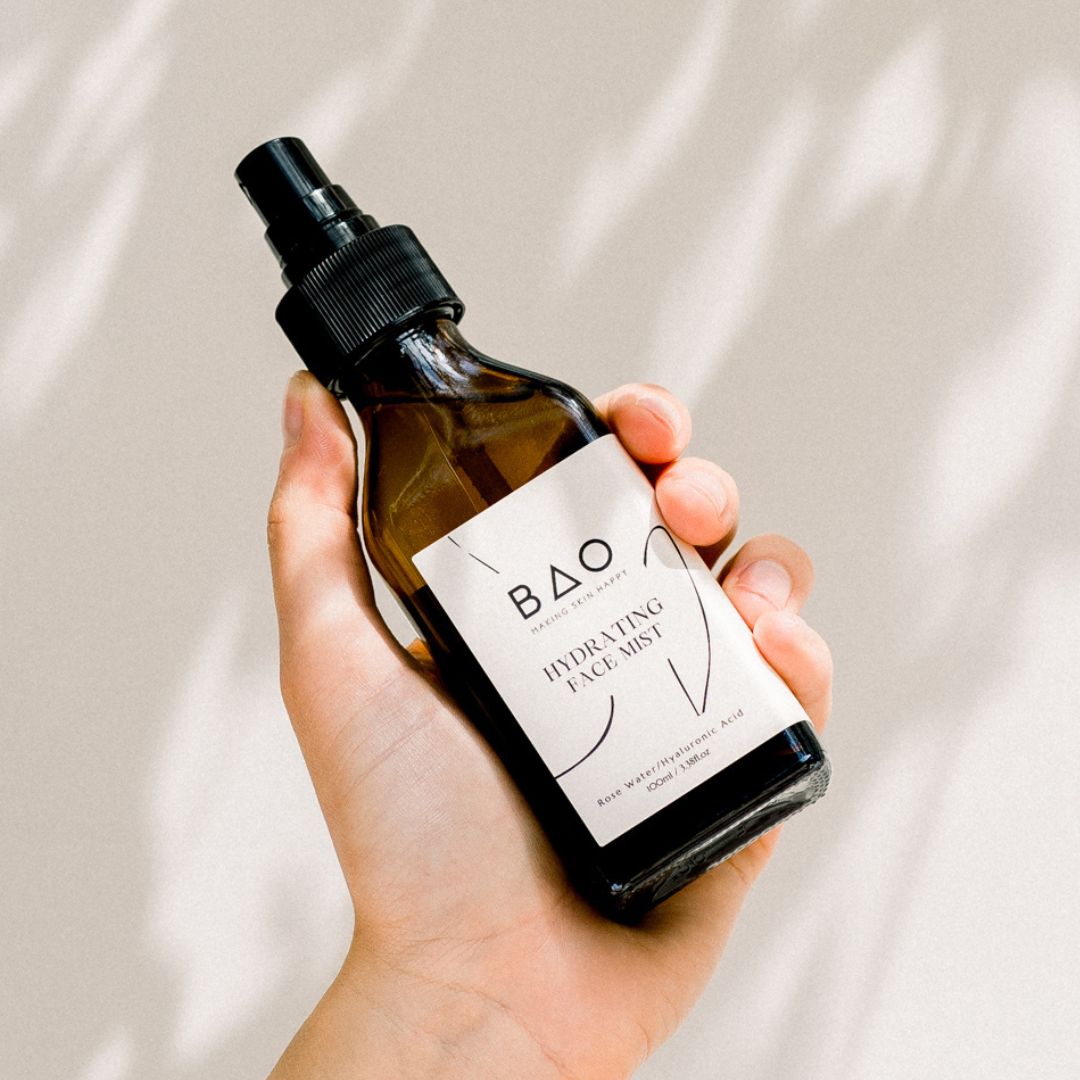Your skin’s hydration superhero is here.
If your skin is feeling tight, tired, or just meh, it might be time to hand it a tall glass of water… in the form of Hyaluronic Acid.
Let’s break down what it is, why it’s so powerful, and how you can use it to get plumper, happier, more hydrated skin.
So, What Is Hyaluronic Acid?
Hyaluronic Acid (HA) is a naturally occurring molecule found in your skin that acts like a sponge—holding up to 1000x its weight in water. It pulls moisture into the skin and holds it there, helping to smooth, plump, and hydrate the surface.
Think of your skin like a dry sponge. Without water, it’s brittle and rough. Add moisture? It’s soft, plump, and bouncy again. That’s the magic of hyaluronic acid.
What Does Hyaluronic Acid Do?
- Deep hydration – Instantly increases your skin’s moisture levels
- Plumps fine lines – Dehydrated skin exaggerates wrinkles; HA fills them out
- Smooths texture – Softens rough, dry or dull skin
- Strengthens the skin barrier – Supports better protection from environmental stressors
- Calms irritation – Well-hydrated skin = less sensitivity
And here’s the best part: it works for every skin type.
Whether you're:
- Oily or acne-prone
- Dry and flakey
- Sensitive or mature —Hyaluronic Acid has your back (or more specifically, your face).
Common Skincare Question:
“If I have oily skin, won’t HA make me greasier?”
Actually, no! Oily skin can be dehydrated, and when it is, it overproduces oil to compensate. Adding HA helps balance hydration so your skin stops producing excess oil.
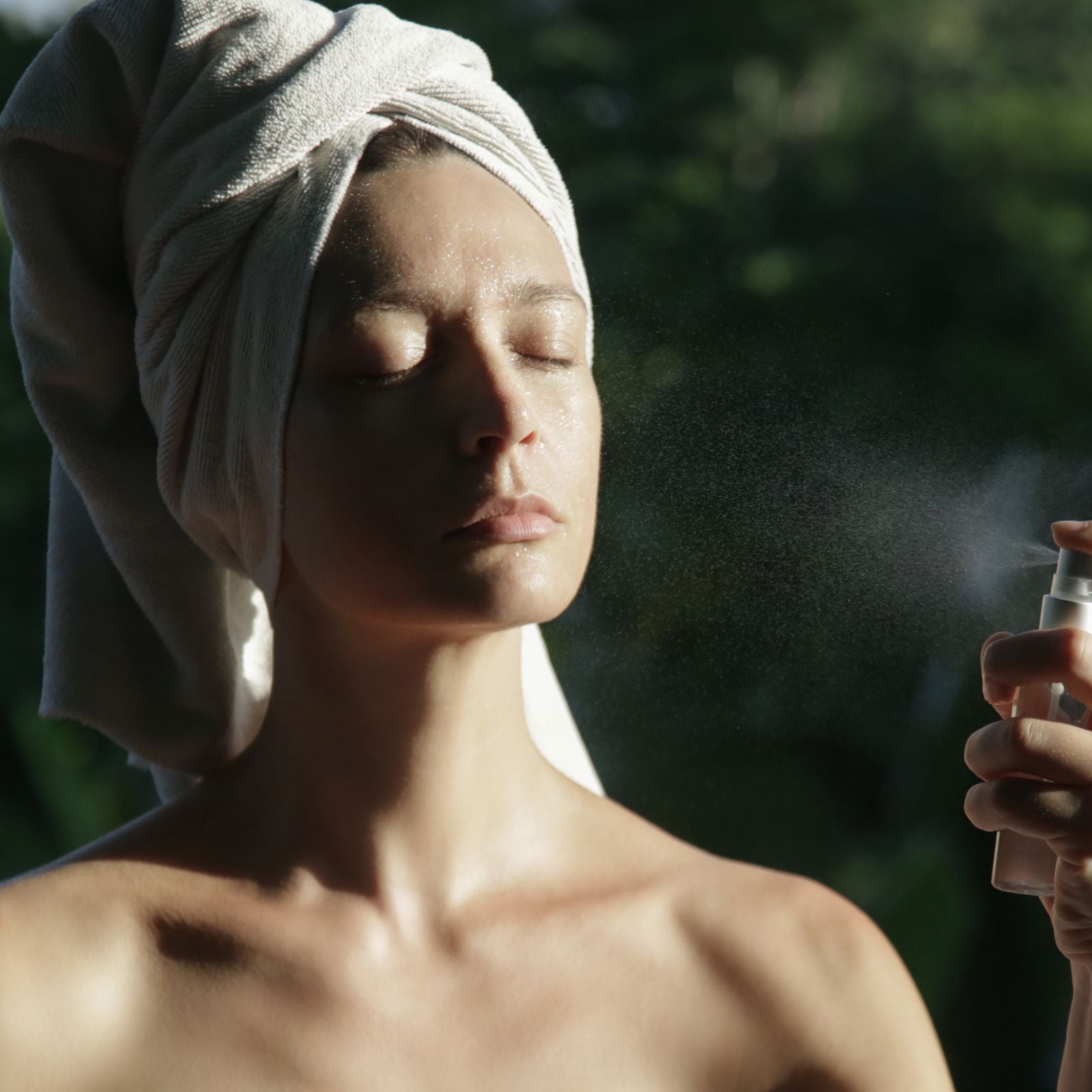
How to Use Hyaluronic Acid
Yes, you can use it daily—morning and evening—and yes, it’s perfectly safe for long-term use.
But there’s one golden rule:
Apply to damp skin and always follow with a moisturiser to lock it in.
Here’s your step-by-step hydration ritual:
Morning + Night Routine:
- Cleanse your skin
- Spritz with Hydrating Face Mist (your first layer of hyaluronic acid)
- Apply Recovery Face Cream while skin is still damp
- Seal in moisture with your SPF in the AM or your Restorative Beauty Oil in the PM
Bonus:
Use Recovery Face Mask 3–4 times a week for a deeper HA treatment.
What Can You Mix Hyaluronic Acid With?
Hyaluronic Acid is a team player. It pairs beautifully with:
- ✔️ Vitamin C – for brightness and antioxidant protection
- ✔️ Retinol – to counteract dryness and irritation
- ✔️ Niacinamide – for calming and oil-balancing effects
- ✔️ AHAs/BHAs – to soothe post-exfoliation dryness
💡 Layering Tip: Always apply products from lightest to heaviest – mist > serum > cream > oil.



